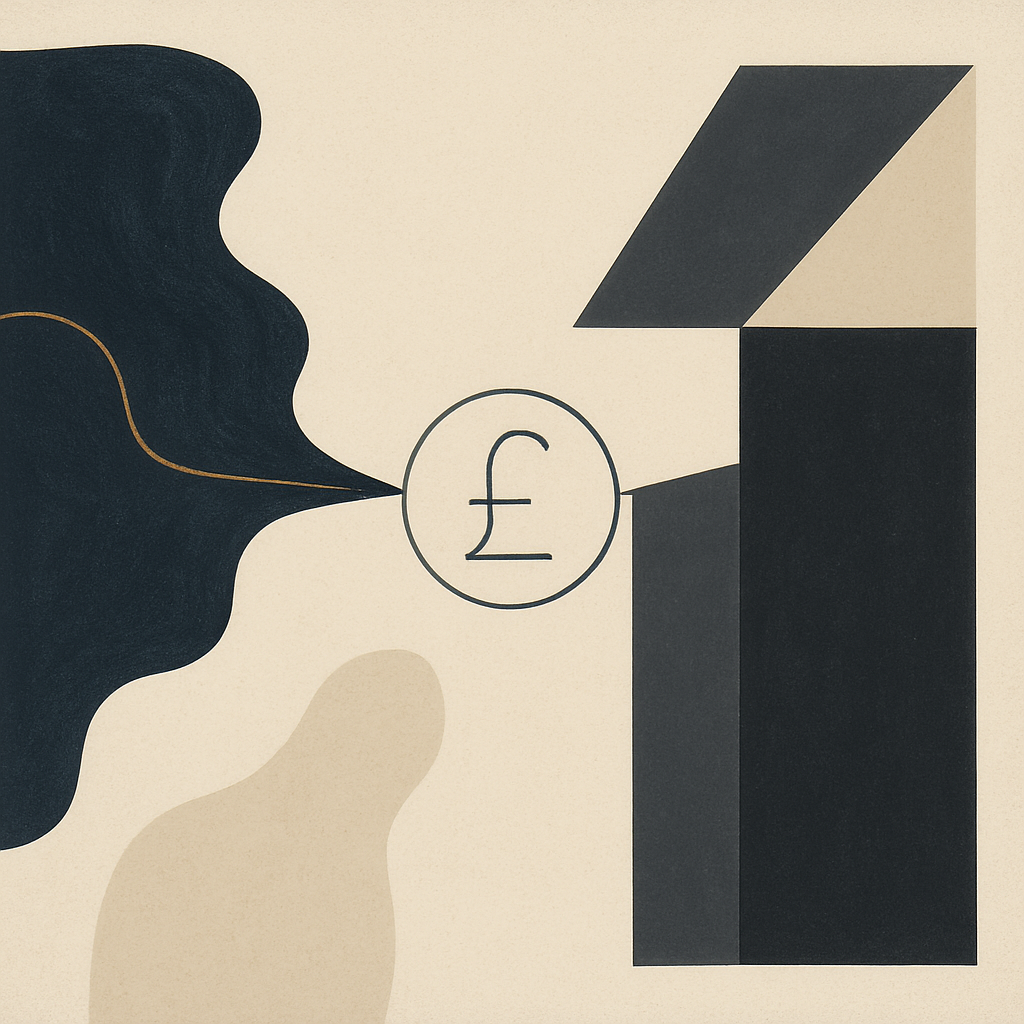
ChatGPT:
Fast intuition and slow deliberation rarely align, leaving financial choices prone to costly mistakes.
For decades, finance textbooks assumed investors were logical creatures, updating beliefs with data and weighing outcomes with cool precision. Neuroscience now tells a less flattering story: our decisions are shaped by two competing systems—one impulsive and emotional, the other deliberate but often complicit—and together they explain why even the best-informed investors behave irrationally.
The Two Brains Fighting Over Your Money
We like to imagine ourselves as rational investors. Given the facts, we’ll weigh costs and benefits, update our beliefs, and make the right choice. At least, that’s what finance textbooks promise.
Reality is less flattering. Neuroscience and psychology suggest we don’t have one brain when it comes to money—we have two. One is fast, emotional, and intuitive: implicit cognition. The other is slow, deliberate, and analytical: explicit cognition. The trouble is, they don’t co-operate. They bicker like siblings, and your savings account is the toy they fight over.
The Fast Brain: Implicit Cognition
Implicit cognition makes snap judgments. It’s the reason you “just know” a stock will bounce back, or that a glossy investment brochure feels trustworthy. It’s automatic and unconscious, the brain’s survival circuitry applied to finance.
That speed comes at a cost. Implicit cognition is behind many classic investment mistakes:
- Overconfidence: Most of us think we’re above-average stock pickers, which is statistically impossible.
- Anchoring: We cling to a purchase price as though it defines value.
- Loss aversion: Losing £100 feels about twice as painful as gaining £100 feels good, pushing us into panic-selling at market bottoms.
- Mental accounting: We treat a bonus as “fun money” while ignoring credit card debt, as though pounds change identity depending on which pot they sit in.
These errors are not carefully considered strategies. They’re fast emotional reactions triggered by brain systems like the amygdala, which responds to losses as though they were physical threats.
The Slow Brain: Explicit Cognition
Explicit cognition is supposed to be the adult in the room. It crunches numbers, weighs probabilities, and remembers that £1 is worth the same regardless of whether it’s a salary or an inheritance.
Sometimes it does its job. Explicit reasoning is what makes us pause before buying a stock because “everyone’s talking about it.” It’s what allows us to grasp diversification and long-term compounding.
But too often, explicit cognition behaves less like a careful auditor and more like a spin doctor. Instead of correcting implicit mistakes, it rationalises them. We sell in a panic and call it “prudence.” We follow friends into a bubble and call it “seizing an opportunity.” The slow brain often shows up late to the meeting and spends its time drafting excuses.
A Market Built on Bias
If this were only an internal comedy, it would be bad enough. But markets and advisors know these blind spots, and they know how to press them.
Loss aversion sells insurance products and extended warranties. Anchoring keeps clients in high-fee funds: “Don’t sell now, just wait for it to get back to what you paid.” Mental accounting makes retirees prefer dividend stocks, even when total-return strategies would serve them better.
This isn’t necessarily malicious—it’s business. But it does mean that the battlefield is not just the market, it’s your own cognition.
Guardrails for Your Brain
What can investors do when half their brain is impulsive and the other half is lazy? The answer is not to aim for perfect rationality—it’s unattainable—but to build guardrails.
- Slow down. Don’t act on major financial decisions immediately; give explicit cognition time to engage.
- Pre-commit. Automate diversification or schedule rebalancing so decisions aren’t made in the heat of fear or greed.
- Challenge narratives. If an investment pitch feels like a story, ask whether it’s exploiting confirmation bias.
- Ask awkward questions. A good advisor welcomes scrutiny. A bad one counts on your reluctance to challenge authority.
The point isn’t to eliminate implicit cognition—you couldn’t even if you wanted to. Intuition has value. But without structures that force the slow brain to step in, your fast brain will keep making snap calls while the rational side drafts press releases to explain them.
The Comedy and the Cost
Inside each of us is a toddler shouting for sweets and a lawyer explaining why sweets for dinner were part of the plan all along. The market is the candy aisle, staffed with clever salespeople who know exactly how to make the toddler louder and the lawyer more inventive.
The solution is not to deny you have two brains, but to accept it—and build systems that stop them from bankrupting each other. Because in investing, the enemy is not just volatility, fees, or shady advisors. More often than not, it’s your own head.
